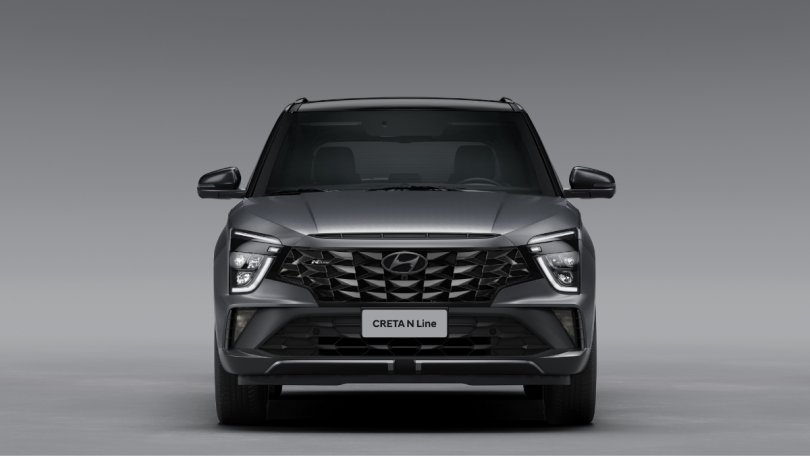According to a media report, Hyundai is now the world’s third largest carmaker in volume. While the top two spots are contested by Toyota and the Volkswagen Group every year, the Korean carmaker fought quietly with General Motors, Stellantis and Nissan to come up on the number three spot.
Hyundai’s growth over the years
Hyundai was founded just 55 years ago to produce affordable cars for the South Korean market. The company started expanding only from the 1980s. Soon, Hyundai launched its Genesis premium brand to take on the likes of Ford and others in the United States. Today, Genesis is fighting with Ford for the number 2 spot after Tesla in the electric vehicles segment.
For 2022, the carmaker is on track to report a 21% expansion in revenue. This would mean a revenue figure of US$ 108 billion. The car making side is just one small part of the global conglomerate. The company makes steel for the car as well as the ships in which it moves the cars across the globe.
Reasons for the fast growth
One of the key reasons for the good sales volume is Hyundai’s Supply Chain Management. The carmaker was flexible and had optimized its supply chain and protected its product despite the global semiconductor shortage.
Further, Hyundai has bet strongly on electric vehicles. Cars like the IONIQ 5 and sibling Kia’s EV6 now have demand greater than supply.
That said, Hyundai does have its challenges up ahead. Soon, thanks to legislation, the EV regulations will no longer offer subsidies to manufacturing or selling electric vehicles. Additionally, the suspension of a large factory in Russia has resulted in some challenges due to the global manufacturing. Other obstacles include higher raw material costs, the on-going chip shortage, and allegations that Hyundai’s suppliers’ in Alabama make use of child labour.
Manufacturing capacity of Hyundai globally
In terms of volume, North America accounted for 21 percent of total sales last year, but only 17 percent of Hyundai’s revenue came from the carmaker’s home market. Hyundai’s largest plant is located in Ulsan, South Korea. The plant can produce 1.4 million units per year. Apart from this, there are 9 other plants across the globe manufacturing a total of 6.6 million units just last year (2021).
Also Read – All-new Hyundai Kona revealed, looks better than ever



